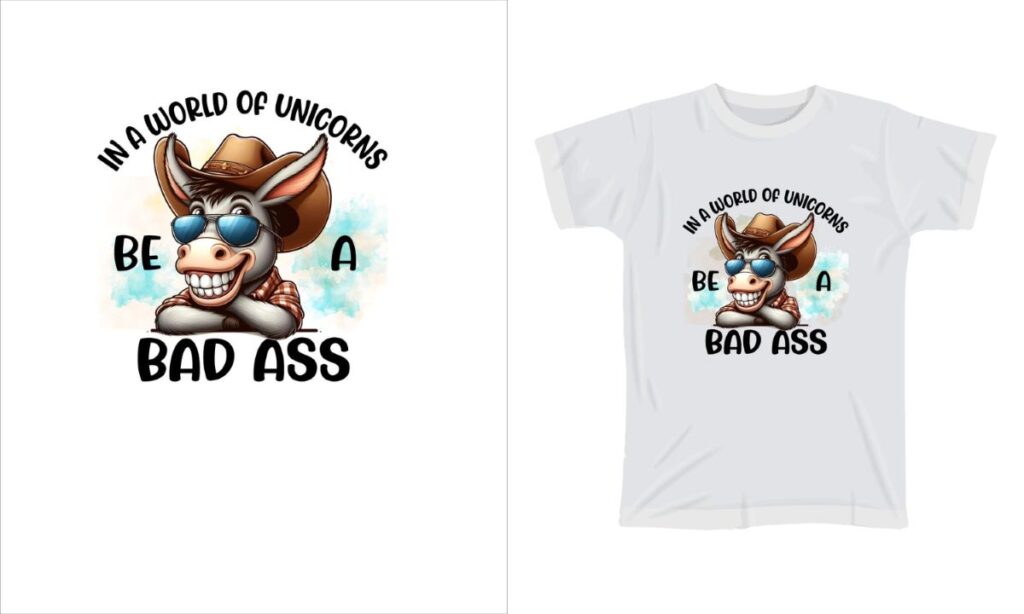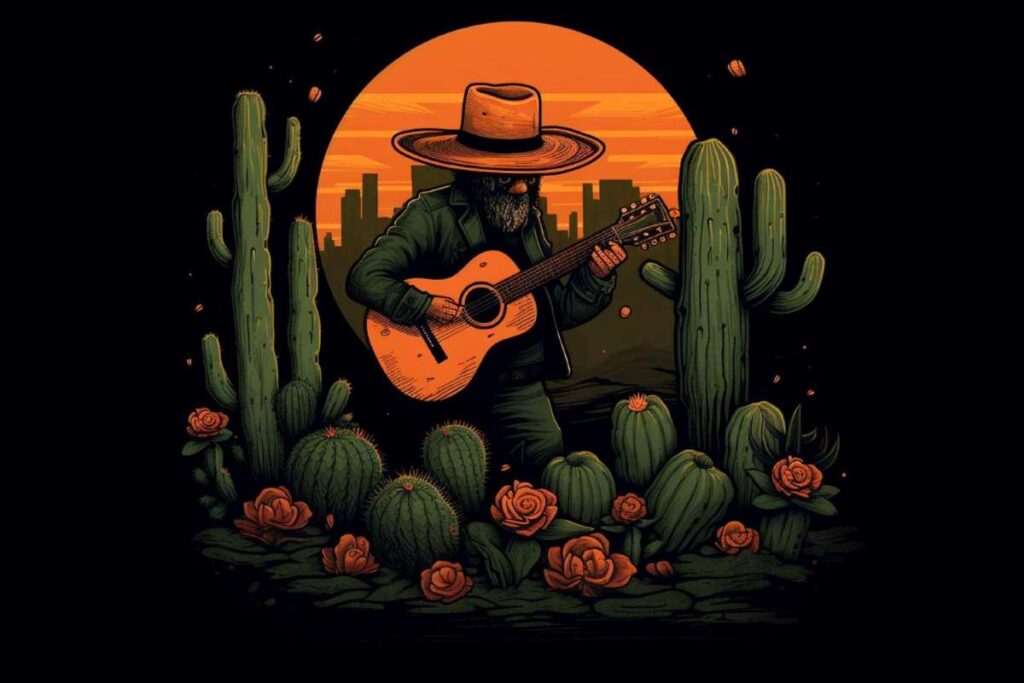UV DTF vs DTG is a pivotal choice for apparel decorators in 2025, shaping color density, durability, cost of ownership, and workflow efficiency. For SEO and audience clarity, DTG vs UV DTF printing comparisons reveal how each method affects upfront costs, maintenance, production speed, and color behavior. You’ll learn about UV DTF color quality and durability, along with practical notes on fabric compatibility across blends, synthetics, and natural fibers. The discussion also covers DTF vs DTG cost per shirt and how capital outlay, consumables, pretreatment, and maintenance shape total ROI. From the lens of best apparel printing methods 2025, these insights help designers decide confidently and practically.
Viewed through an alternative lens, the comparison pits film-based UV transfers against direct-to-garment ink applications, focusing on color fidelity, texture, and how fabrics respond to heat and adhesion. This framing emphasizes substrate versatility, from cotton tees to synthetic blends, and highlights how curing methods and press settings influence wash durability and edge detail. Brand owners may weigh production simplicity, color consistency across runs, and the total cost of ownership when choosing between a transfer-then-press workflow and direct-on-garment deposition. Consider fabric weight, fiber content, and wash cycles to anticipate performance differences under real-world use, including fade resistance and crack risk. A hybrid approach can hedge risk: assign film-based transfers for hard-to-print materials while reserving direct inks for cotton-heavy lines with photographic graphics. This strategy lets teams optimize throughput, maintain brand aesthetics, and adapt to evolving consumer expectations for sustainability and comfort.
UV DTF vs DTG: Understanding the core differences in ink, substrate, and workflow
When you compare UV DTF and DTG, the first distinctions lie in ink chemistry and how the image is applied. UV DTF uses UV-curable inks printed onto a transfer film, then cured and affixed to fabric with adhesive. This path yields bold color density and good coverage across a wide fabric range, including blends and synthetics. In discussions of DTG vs UV DTF printing, you’ll see how the film-and-adhesive approach changes the balance between hand feel and adhesion. The concept of fabric compatibility UV DTF matters here, as the solution is designed to work across multiple substrates beyond traditional cotton.
DTG, by contrast, is a direct print on fabric using water-based inks. The workflow emphasizes direct ink deposition, post-treatment for dark fabrics, and the potential for a soft hand on cotton-rich textiles. The different workflows influence not only the final feel but also equipment needs, maintenance cycles, and throughput considerations. For a shop evaluating methods, grasping the core differences informs decisions about capacity planning and long-term optimization in line with expected order profiles.
UV DTF color quality and durability: How UV DTF stands up in real-world wear
In terms of color quality and durability, UV DTF can deliver high color density, deep blacks, and sharp edges across many fabrics. The transfer layer provides a robust barrier against fading, especially on dark fabrics where opacity and vibrancy matter. The phrase ‘UV DTF color quality and durability’ is often used to describe the performance in wash tests and real-life wear, where well-cured transfers resist cracking and peeling when heat cycled and laundered. This reliability across diverse fabrics is a key reason many shops consider UV DTF for high-volume runs with mixed materials.
DTG can deliver superior gradients and photographic realism on cotton-rich fabrics, with color fidelity that benefits from precise ink management. However, durability depends heavily on pretreatment and curing quality. When used on appropriate fabrics and properly cured, UV DTF tends to maintain brightness after repeated washes. The comparison helps brands tailor imagery to fabric reality while balancing softness and stiffness.
DTF vs DTG cost per shirt: Economic considerations for 2025 runs
DTF vs DTG cost per shirt is influenced by consumables like transfer film, adhesive, and UV-curable inks for UV DTF, versus pretreatment chemicals and specialty inks for DTG. In high-volume scenarios, UV DTF can leverage fast transfer cycles and automation to drive throughput, potentially lowering per-shirt costs on large runs. However, the film and adhesive cost, plus ongoing consumables, can add up if you have a high mix of fabrics where the transfer steps are frequent. An ROI view should consider run length, fabric mix, and post-processing needs when comparing methods.
For many shops, the economics favor UV DTF on diversified fabric profiles, while DTG can be more economical for cotton-heavy lines with simple color sets and small batch sizes. Maintenance and downtime also factor into the total cost of ownership (TCO). A disciplined cost model helps determine the right balance between speed, material usage, and labor across typical order profiles.
Fabric compatibility UV DTF: Broad substrate reach beyond cotton
Fabric compatibility UV DTF is one of its core advantages. The transfer approach, with UV-curable inks and adhesives, is designed to tolerate polyesters, blends, and synthetic fabrics that are less forgiving for direct DTG. This expanded substrate reach lets brands print on performance fabrics and technical textiles without being limited to 100% cotton. The phrase ‘fabric compatibility UV DTF’ is often highlighted in product briefs, and the data supports improved adhesion and color density across a diverse fabric portfolio.
DTG performance is strong on 100% cotton and natural blends but may require pretreatment for dark fabrics or synthetic-heavy garments. The choice of fabrics informs a lot about which method to use in production and how to plan inventory. Understanding fabric compatibility helps shops align supplier choices, dye sublimation alternatives, and maintenance cycles.
Best apparel printing methods 2025: Where UV DTF and DTG fit in a hybrid strategy
As 2025 unfolds, the ‘best apparel printing methods 2025’ landscape is shifting toward hybrid strategies that combine the strengths of multiple technologies. UV DTF provides fast throughput, broad fabric compatibility, and robust color on dark fabrics, while DTG offers soft hand and superb photo realism on cotton-based garments. In a modern shop, the best approach is often to mix methods by product line, fabric, and desired hand feel, aligning with the evolving needs of customers and brands.
A hybrid approach can help manage inventory, QA, and production risk. For example, UV DTF can handle bulk runs of mixed fabrics with durable adhesion, while DTG can deliver high-fidelity graphics for 100% cotton items with premium softness. This framing aligns with long-term growth and the supply chain realities of 2025, including energy use, consumables costs, and maintenance demands.
Practical decision framework for UV DTF and DTG in your shop
To build a practical decision framework, start with your product mix and fabric portfolio. Evaluate the likely order profiles for your shop using a simple matrix that weighs demand for cotton-heavy items versus diverse fabrics. In evaluating ‘DTG vs UV DTF printing’, consider the tradeoffs in hand feel, color density, and durability, then map them to throughput and capital needs. This framing helps translate theoretical advantages into concrete capital planning, facility layout, and staffing needs.
Next, pilot tests are essential: run parallel experiments on representative garments, compare color fidelity, adhesion, wash performance, and customer feedback, and build an ROI model that accounts for consumables, maintenance, energy, and space. The decision framework should also include a staged adoption plan, a maintenance calendar, and a clear measurement protocol to quantify success across fabrics and designs.
Frequently Asked Questions
UV DTF vs DTG: how do color quality, durability, and fabric compatibility compare for 2025?
UV DTF delivers bold color density and strong adhesion across a broad fabric range, including blends and synthetics, when cured properly. DTG offers rich color and a soft hand feel on cotton and cotton-rich fabrics, with gradients that look natural when ink management is optimized. Durability depends on the curing or transfer quality and the fabric type; UV DTF transfers tend to be robust on many blends, while DTG durability shines on cotton-based garments with proper pretreatment. In short, UV DTF is often favored for mixed fabrics and dark textiles, whereas DTG excels with cotton-focused lines and photo-realistic imagery.
DTG vs UV DTF printing: what are the main workflow differences and ink systems?
DTG printing uses water-based textile inks applied directly to fabric, typically with pretreatment for dark garments and post-print curing. UV DTF prints on a transfer film with UV-curable inks, then is cured, coated with adhesive, and transferred to the garment with heat. The DTG workflow emphasizes direct-to-fabric application and color management on cotton-friendly textiles, while UV DTF centers on film printing, curing, and high-coverage transfers across a wider fabric range.
DTF vs DTG cost per shirt: which method offers better ROI for high-volume runs?
Per-shirt economics depend on volumes, fabric mix, and design complexity. DTG often requires higher upfront capital for printers and ongoing pretreatment and ink costs, which can affect per-shirt ROI for diverse fabrics. UV DTF can have higher material costs per unit due to film, adhesive, and UV inks, but faster transfer cycles and streamlined handling can improve throughput in high-volume runs. A simple ROI model should compare capital, consumables, labor, and expected order mix to decide which pathway offers the best long-term value.
What are the best apparel printing methods 2025 and where do UV DTF and DTG fit in?
In 2025, both UV DTF and DTG rank among the leading apparel printing methods. UV DTF is well-suited for fast-turn, high-volume projects and a wide fabric portfolio, including blends and synthetics. DTG is a strong choice for cotton-heavy lines with photorealistic imagery and a soft hand feel. Many shops adopt a hybrid approach, using UV DTF for certain fabrics and volumes and DTG for cotton-focused, high-detail runs.
How does fabric compatibility UV DTF compare to DTG on polyesters and blends?
UV DTF generally offers robust fabric compatibility across polyesters, blends, and synthetics due to the adhesive transfer mechanism and UV-curable inks. DTG performs best on 100% cotton or natural blends and often requires pretreatment or special inks for polyester-heavy garments. For polyesters, UV DTF typically provides more reliable color harmony and durability, while DTG requires careful process adjustments to achieve similar results.
Which should a shop choose in 2025: UV DTF or DTG, considering turnover speed, durability, and cost?
Start with your product mix and fabric portfolio: if you prioritize fast turnarounds on a wide fabric range (including dark fabrics), UV DTF may be the better fit. If your focus is cotton-heavy apparel with high-detail photography and a soft hand feel, DTG remains compelling. Many brands benefit from a hybrid strategy that uses UV DTF for speedy, fabric-diverse lines and DTG for cotton-centric, high-detail designs. Build a straightforward ROI model that weighs equipment, consumables, maintenance, and staffing to determine the optimal balance for 2025 and beyond.
| Aspect | UV DTF | DTG |
|---|---|---|
| Ink system | UV-curable inks printed on transfer film; cured with UV light | Water-based textile inks printed directly on fabric |
| Substrates / Fabric compatibility | Broad range: cotton, blends, polyesters, some synthetics | Best on cotton-rich fabrics; may require pretreatment for dark or polyester-heavy garments |
| Workflow steps | Print on film → cure → apply adhesive/coat → heat-transfer to garment | Pretreatment (often for dark fabrics) → direct print → post-transfer cure/heat setting |
| Texture / hand feel | Transfers can feel slightly raised due to the transfer layer | Prints tend to be softer on cotton; hand affected by ink layer and fabric texture |
| Color density / edge detail | High color density and sharp edges across a wide fabric range | Excellent color fidelity and smooth gradients on compatible fabrics |
| Durability / wash performance | Robust adhesion when properly cured and heat-pressed | Durability heavily depends on pretreatment and ink chemistry; well-cured on cotton wears well |
| Dark fabrics performance | Opaque base and strong color on dark fabrics; less reliance on fabric color | Typically requires pretreatment to ensure vibrancy on dark fabrics; some texture may occur |
| Light fabrics / cotton performance | Effective on various fabrics; strong coverage | Shines on light cotton with soft hand and precise gradients |
| Turnaround speed / throughput | Fast in high-volume through repeatable transfer cycles | Throughput depends on printer speed and pretreatment; can be slower for complex, multi-color jobs |
| Maintenance / consumables | Film, adhesive, UV-curable inks; focus on film handling and curing reliability | Ink cartridges, pretreatment management, and regular printhead maintenance |
| Costs / ROI | Potentially lower per-unit in high-volume; upfront for film/adhesive; ROI depends on volume | Higher capital investment; ongoing costs for inks and pretreatment; ROI driven by run length and fabrics |
| Environmental considerations | UV curing uses energy; film/adhesive waste considerations | Water-based inks and pretreatment wastewater; eco considerations depend on process choices |
| Best use cases / Practical guidance | Fast, versatile; ideal for dark fabrics, broad substrates, high-volume runs | Cotton-focused lines, soft hand, high-fidelity imagery, smaller runs; consider hybrid approaches |
Summary
Conclusion: UV DTF vs DTG is not a one-size-fits-all decision. Each method brings distinct strengths to the table in 2025: UV DTF delivers robust color density and broad substrate compatibility with efficient transfer workflows that suit high-volume operations. DTG offers superb color fidelity, soft hand feel on cotton-rich garments, and a workflow that shines for smaller runs with complex imagery. The best choice depends on your product mix, fabric portfolio, desired hand feel, and operational constraints. By understanding the core differences in ink chemistry, substrates, durability, and production flow, you can design a printing strategy that aligns with your business goals, brand story, and customer expectations. In many cases, the strongest path is a thoughtful hybrid approach that leverages the unique advantages of both UV DTF and DTG to deliver outstanding apparel prints in 2025 and beyond.



